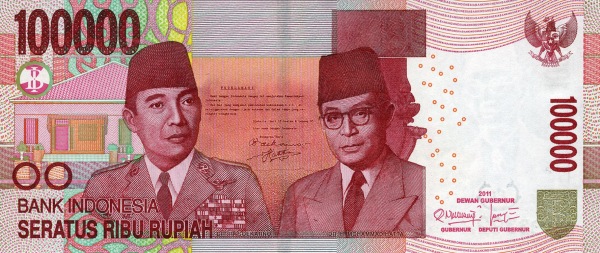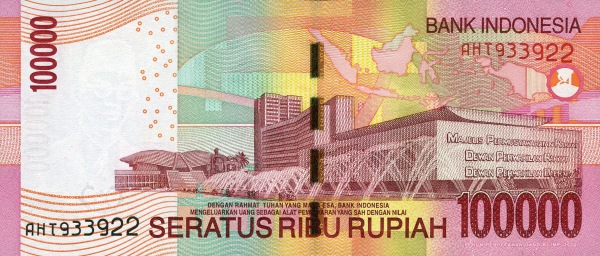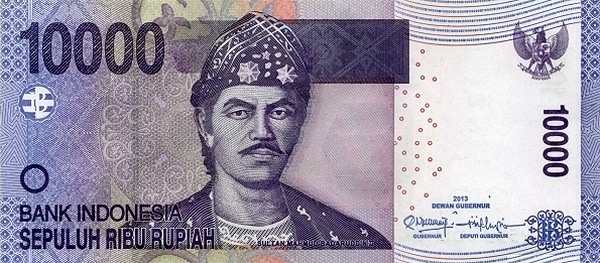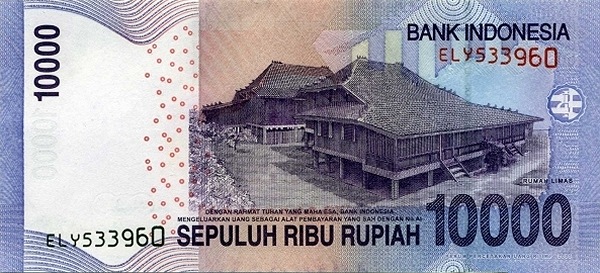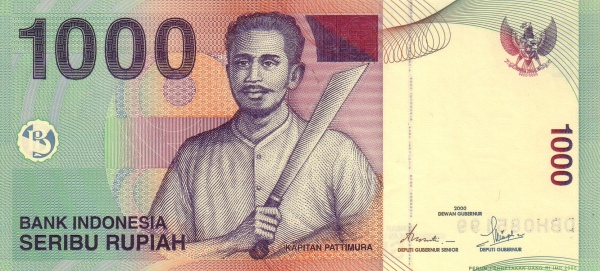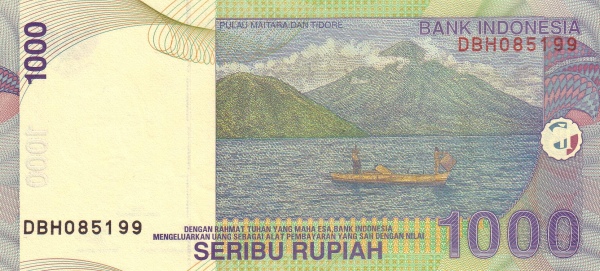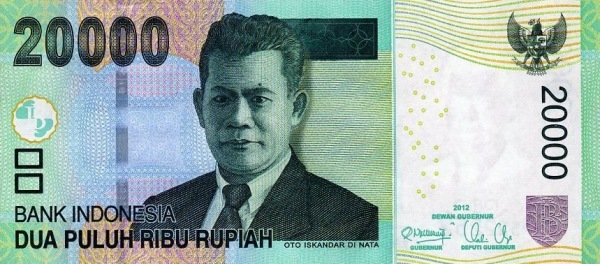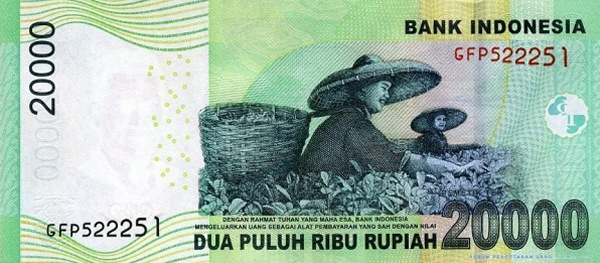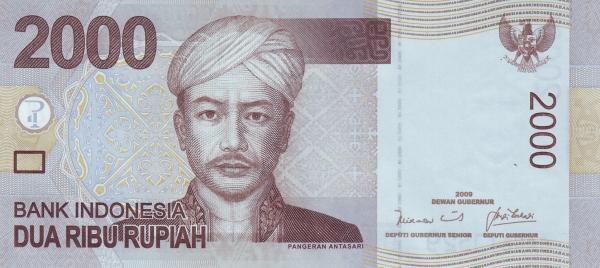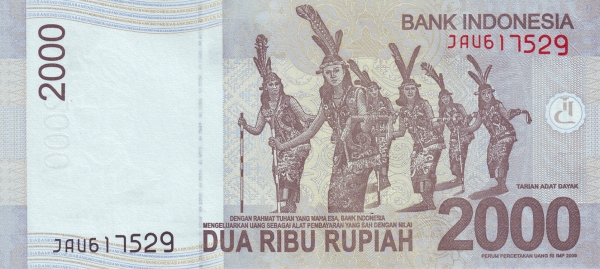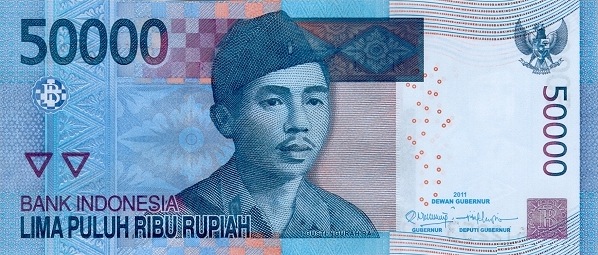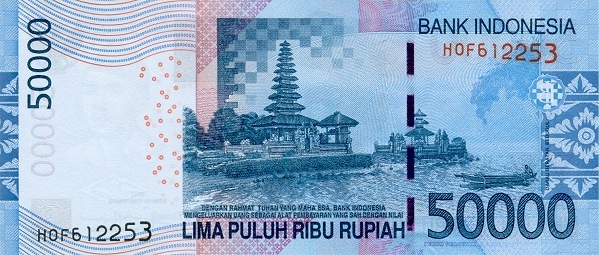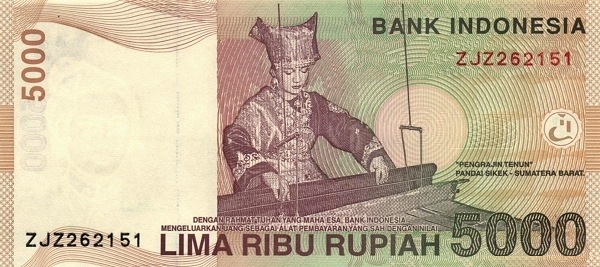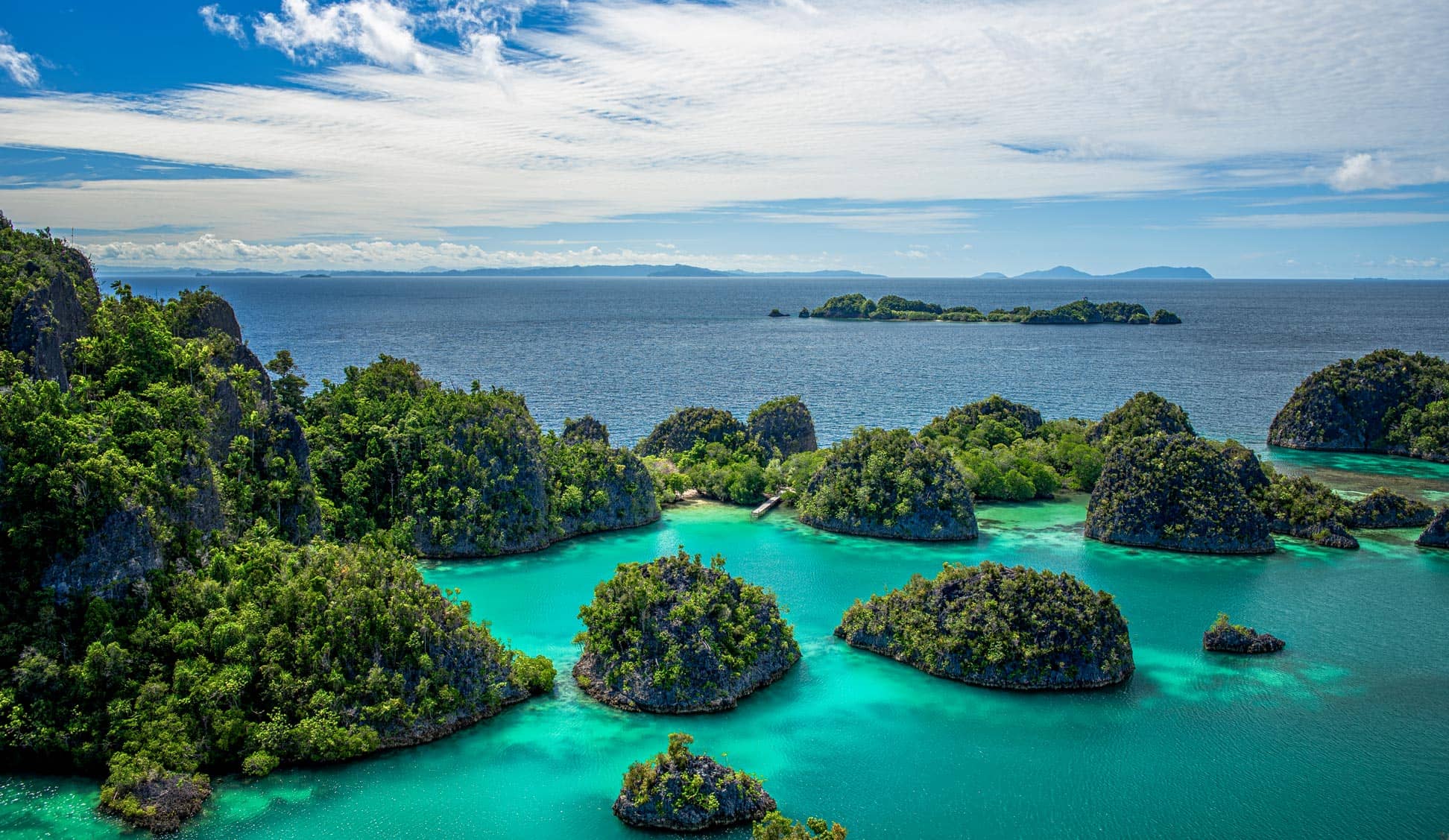Indonesia: The Enigmatic Archipelago
Indonesia, the largest archipelago in the world, captivates visitors with its extraordinary diversity. Situated in Maritime Southeast Asia, this stunning island nation lies nestled between the Indian Ocean to the south and west, the Timor Sea, and the Arafura Sea to the south. Additionally, it shares maritime borders with illustrious nations such as Australia, India, Palau, the Philippines, and Vietnam. With such a strategic location, Indonesia's geographical features have significantly influenced its historical and cultural evolution.
The Geographic Landscape of Indonesia
This remarkable country consists of five principal islands and approximately 30 smaller groups, adding up to a staggering total of 17,508 islands. Out of these, around 6,000 islands are inhabited. The largest islands include Sumatra, Java—which is home to more than half of Indonesia's population—Borneo (known as Kalimantan), Sulawesi, and New Guinea. Notably, most of these larger islands display mountainous terrain, featuring peaks that soar between 3,000 and 3,800 meters above sea level, which invites adventurers seeking exhilarating outdoor experiences.
Rich Cultural Heritage
Diving deeper into Indonesia's cultural essence, one finds that its identity is shaped by an incredible mosaic of more than 1,300 recognized ethnic groups. The Javanese, Sundanese, and Batak represent some of the largest ethnic communities, accounting collectively for over 60% of the population. Furthermore, Jakarta, the capital, stands tall as the largest city, with a population exceeding 10 million. Other significant urban centers include Bandung, Medan, and Surabaya, contributing to the country's rich tapestry of urban life.
Indonesians converse primarily in Indonesian (Bahasa Indonesia), while Islam serves as the dominant religion, embraced by nearly nine-tenths of the populace, predominantly Sunni Muslims. The unique combination of local traditions, extensive cultural influences, and the blend of religions yield a vibrant atmosphere throughout this island nation.
The Ring of Fire: Nature’s Fury
Interestingly, Indonesia sits within the "Ring of Fire," a prominent arc of intense geological activity that includes active volcanoes and frequent seismic events. This location subjects Indonesia to various natural challenges, such as earthquakes and tsunamis. Remarkably, the country ranks third globally among nations with the most volcanic activity, trailing only the United States and Russia. Awareness of these geological phenomena fosters a spirit of resilience amongst Indonesians.
A Brief Historical Overview
Reflecting on the historical context, Indonesia's strategic positioning between the Pacific and Indian Oceans has attracted innumerable influences throughout centuries. Initially, the region experienced significant impacts from Indian culture, leading to the adoption of Hinduism and Buddhism. Over time, between the 13th and 16th centuries, Islam took root and flourished throughout the archipelago. In the early 17th century, European powers, particularly the Dutch, began colonizing Indonesia. Following a brief occupation by Imperial Japan during World War II, Indonesia declared independence just before Japan's surrender. However, the road to sovereignty proved tumultuous, necessitating four years of arduous negotiations and conflict before the Netherlands recognized Indonesia's independence in 1949.
Modern Challenges and Aspirations in Indonesia
Today, Indonesia grapples with numerous pressing issues. Challenges such as poverty reduction, enhancing education, countering terrorism, and bolstering democracy after decades of authoritarian rule represent significant areas of focus. Furthermore, Indonesia strives to reform its economy and financial systems while tackling corruption and modernizing the criminal justice landscape. Environmental concerns, particularly climate change and managing infectious diseases of global significance, also press upon the nation's agenda.
Social and Political Developments
In 2005, Indonesia made a significant leap towards peace by reaching an agreement with separatists in Aceh, paving the way for democratic elections in December 2006. However, in the province of Papua, Indonesia continues to deal with sporadic armed resistance from the separatist Free Papua Movement, which poses ongoing challenges for national unity and stability.
The Political Landscape
Indonesia operates as a presidential representative democratic republic with a vibrant multiparty system. The president serves not only as the head of state but also as the commander-in-chief of the armed forces and the head of government. Remarkably, Indonesia facilitates direct presidential elections, a practice that began in 2004. The executive branch, led by the president and vice president, oversees government operations. Meanwhile, the legislative authority features a bicameral structure comprised of the Council of the People's Representatives (the lower house) and the Council of Regional Representatives (the upper house).
Indonesia's Vibrant Future
Looking at Indonesia’s future, the nation stands poised to leverage its rich cultural tapestry and growing economy. With a population exceeding 281 million, Indonesia represents one of the world’s most populous countries. The diversity embedded within its society enhances its attractiveness as a travel destination, drawing tourists eager to experience its lush landscapes, stunning beaches, and dynamic cities. As Indonesia continues to embrace its identity while addressing modern challenges, it maintains an undeniable allure as a nation filled with potential.
Largest cities of: Indonesia
| City Name | Population | Year of foundation | |
| Jakarta | 10,958,178 | 1527 | |
| Surabaya | 2,896,000 | 1293 | |
| Bandung | 2,530,000 | 1810 | |
| Medan | 2,270,000 | 1590 | |
| Depok | 2,000,000 | 1786 | |
| Palembang | 1,703,000 | 682 | |
| Tangsel | 1,637,000 | 2008 | |
| Batam | 1,240,000 | 1990 |
Indonesia: Money
